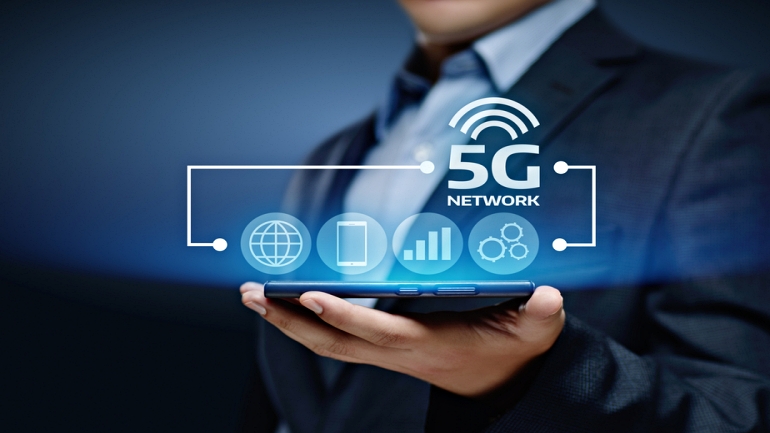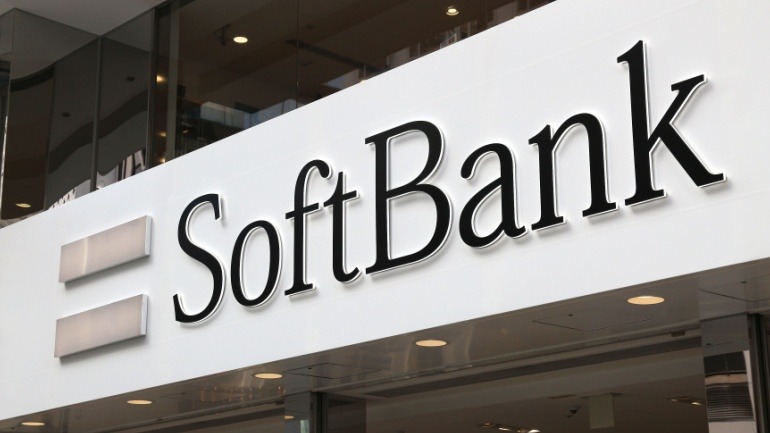The next-generation wireless technology for digital cellular networks is steadily gaining traction, with significant implementations under way. All of the major carriers are rolling out their 5G networks, targeting large cities that crave super speeds, virtually lag-free connections, extended coverage and other great benefits that are made available by this advanced technology. 5G has already been launched in many different locations around the world, but it is still considered to be in its initial stages.
All of the US carriers have now launched some form of 5G cellular network. But what exactly is 5G, how fast is it compared with 4G, what will it bring to VoIP applications, and what are the benefits and drawbacks of this innovative technology? Let’s take a look at 5G in more detail.
What is 5G?
5G stands for fifth-generation cellular wireless and is the next generation of telecom networks that entered the market at the end of 2018. Previous network generations were technically defined by their data transmission speeds and marked by a split in encoding methods, thus making them incompatible with the preceding generation.
In more detail, 1G technology, which was introduced in the 1980s, was the analog telecommunications standard, the 1990s’ 2G was the first generation of digital cellular technology, and a decade later 3G reached speeds from 200 kbps to several megabits per second. 4G technology was the next incompatible leap forward and now scales up to speeds of hundreds of megabits and even gigabits.
5G delivers three new performance characteristics, offering wider channels for faster data transfer, lower latency for greater response speeds, and the ability to simultaneously connect a much larger number of devices, thereby facilitating IoT technology.
Difference between 4G and 5G
The development of 4G in the late 2000s was a huge achievement for mobile technology. With 4G mobile delivering Internet speeds up to 500 times faster than 3G, this new technology made it possible to provide high-quality video calls, fast mobile browsing and support for HD TV on mobile devices. All these features undoubtedly accelerated the evolution and ubiquity of smartphones.
The fifth-generation cellular wireless service is set to offer mobile data speeds that far outstrip the fastest home broadband network currently available to consumers. Reaching speeds of up to 100 gigabits per second, 5G promises to be as much as 100 times faster than 4G.
Not only speed, but the low latency inherent in 5G is another big difference between the two technologies. Latency is the time interval between the initiation and response, in other words, it is the time elapsed from the moment information is sent from a device until its use by the recipient. Reducing latency enables the creation of a reliable network connection that provides minimal delays in transactions. With low latency, users can quickly and easily upload and download files, and being able to watch 4K video almost instantaneously without experiencing any buffering time is an enticing advancement.
Upsides of the 5th generation network
It is anticipated that the real benefits of 5G will be its massive capacity, multi-Gbps peak rates and ultra-low latency. These performance enhancements will unquestionably aid industries such as healthcare, promote the automation of driverless cars, and speed up progress in the field of Artificial Intelligence (AI), Internet of Things (IoT) and smart home engineering.
For mobile network operators, 5G will provide the capability to access and use the new spectrum to increase capacity. Together with increased throughput, operators will have access to a more flexible, scalable and programmable network that will help them to deliver advanced services and innovative applications. New investigations by Juniper Research has established that the operator’s total spending on AI solutions alone will exceed USD 15 billion by 2024. This study identifies network optimization and anti-fraud solutions as the most sought-after AI‑native services over the next 4 years.
From a business point of view, fifth-generation cellular wireless communications will significantly improve the network infrastructure of companies in every industry, and provide valuable opportunities for the wider use of transformative technologies and machine-to-machine communications. Businesses expect 5G to considerably enhance their methods of collecting, storing and managing qualitative data, allowing for better customer service, greater employee productivity and increased operational efficiency.
Enhancing VoIP with 5G
With 4G LTE, Internet users gained access to VoIP calling on connected devices, and mobile applications became available not only on our smartphones, but on all mobile platforms as well. It has become a norm for phone carriers to integrate VoIP into the dialer application along with regular calling, and to employ technologies that can carry calls either over a 4G data connection, cellular network or Wi-Fi.
While fourth-generation wireless may be sufficient for consumer VoIP calls, the connectivity available with 4G is not always robust enough for businesses. In addition to speed, 5G technology will bring about fundamental changes in bandwidth usage, helping to eliminate network congestion issues. With a 4G network, the provider assigns a certain fixed amount of bandwidth in each direction, regardless of how much traffic is being handled. This often leads to congestion. However, with 5G technology, operators will be able to instantly adjust bandwidth allocation using a combination of software and hardware.
When using 5G, the Internet speed and bandwidth will no longer be limiting, and organizations that transition to VoIP will be afforded greater opportunities for achieving their required network capabilities. Large-scale applications will undergo improvements with increased speed and reduced delays. Internal and external communications will be streamlined, the audio quality of calls enhanced, the number of participants in video conferencing and group audio calling increased, quality of video improved and buffering reduced.
Challenges of 5G
As with any new large-scale technology, 5G needs to be thoroughly discussed, examining not only the benefits it will bring, but also the drawbacks and challenges it will represent. Let’s delve into some challenges that are highlighted when initiating 5G deployments and making these networks a reality.
Deployment and coverage
5G offers a significant increase in speed and bandwidth, but it operates on a more limited range and requires higher frequency waves. These waves can only travel short distances through urban spaces, which means that existing infrastructures will need to be greatly expanded with supplementary transmitter masts to extend the service range, as well as to maintain consistent speeds in more densely populated areas.
Device support
Amid all the activity and interest regarding 5G-enabled smartphones and other devices, it is worth pointing out that their widespread availability may be restricted by the high cost of production. Moreover, the actual use of 5G phones will also depend on the pace of network deployment, which is still limited.
The cost of infrastructure upgrades
It is highly likely that the operators will pass on the significant costs of their 5G network development and deployment to their customers. Rolling out the fifth generation of cellular mobile technology is considered to be a multi-trillion dollar communications revolution, the cost of which just keeps increasing. According to Greensill’s report on 5G spending, the telecoms industry requires an estimated USD 1 trillion of investment for infrastructure upgrades to accommodate 5G, particularly in Asia and the Americas.
Security of 5G technology
Today, service providers are faced with an unprecedented array of cyber attacks, making security a major concern in telecommunications where vulnerabilities have serious implications. For instance, the US telecom giant AT&T stated that it has to deal with 11 billion cyber-related incidents each day, and predicts that this will rise to five billion every 10 minutes in the future. Considering the 5G-enabled fundamental changes to network architecture and the increased impact of new services such as IoT, the need for 5G security and privacy will be much more demanding than for 4G. Some incidents have revealed that the dangers of an infected wireless network can have severe consequences on security and privacy, and can also hinder the complex dynamics of the communications ecosystem as a whole.
In conclusion
Over the next few years, there will be significant growth in fifth-generation wireless services, and it is said that 5G will cover up to 65 percent of the world’s population and handle 45 percent of global mobile data traffic by the end of 2025. Moreover, it is estimated that the worldwide 5G revenue will be EUR 225 billion in 2025. It is clear that with the potential to enable and support a wide range of applications and functions, 5G networks will play a central role in achieving the global digital transformation. However, network operators will have to deal with the tough challenges that 5G poses, and expend maximum effort into deploying, densifying and powering the network to ensure that this technology lives up to its full potential.







